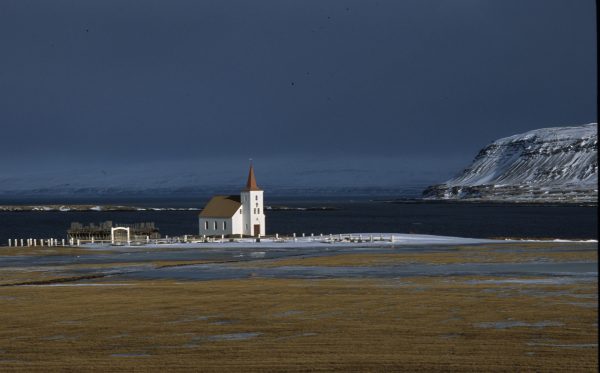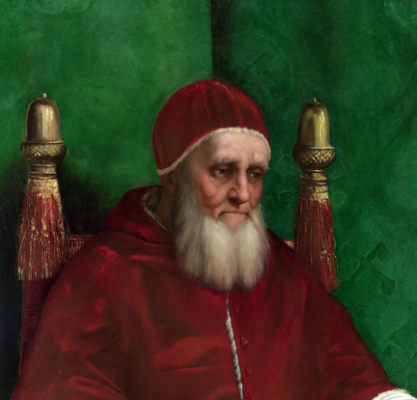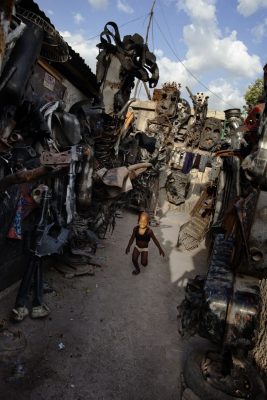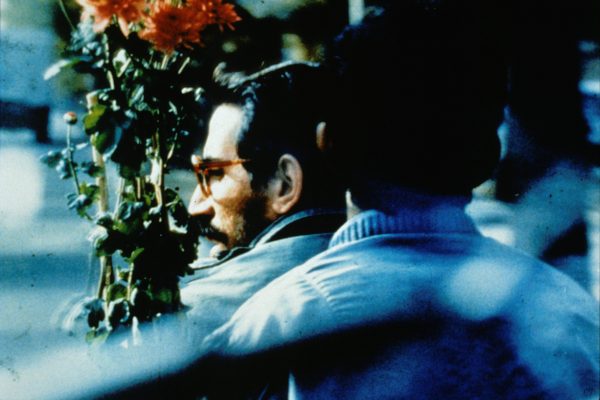In Iceland, they eat puffin. The best-tasting puffin is soaked overnight in milk. ‘Then give the milk to the cat’, says Sjón.
This is one of the more practical things I learnt when I met the Icelandic writer earlier this year. Sjón has written seven novels and the three that have been translated into English comprise similarly strange yet somehow humane oddities. The Blue Fox, The Whispering Muse and From the Mouth of the Whale (published by Telegram and translated by Victoria Cribb) owe much to myth and the Icelandic Sagas and have earned Sjón the Nordic Council Literature Prize and the title of ‘Best Icelandic Novel’ for The Whispering Muse.
The gnawed-away landscape of Iceland, as perishing as it is revelatory, is the backdrop for this work. Sjón creates a world of metamorphosis, entailing a recognition of man’s potential for debasement – animals talk and are wise, men slaughter and flay. It comes as little surprise, then, that he worked with Lars von Trier on the song ‘I’ve Seen It All’ for Dancer in the Dark, for which he was nominated for an Academy Award.
While his writing mourns the loss of an interlinked and readable world, it continually returns to the joy of language and storytelling, offering words for warmth. I find the inexhaustible curiosity, thoughtfulness and wit of these novels once again in their author.




